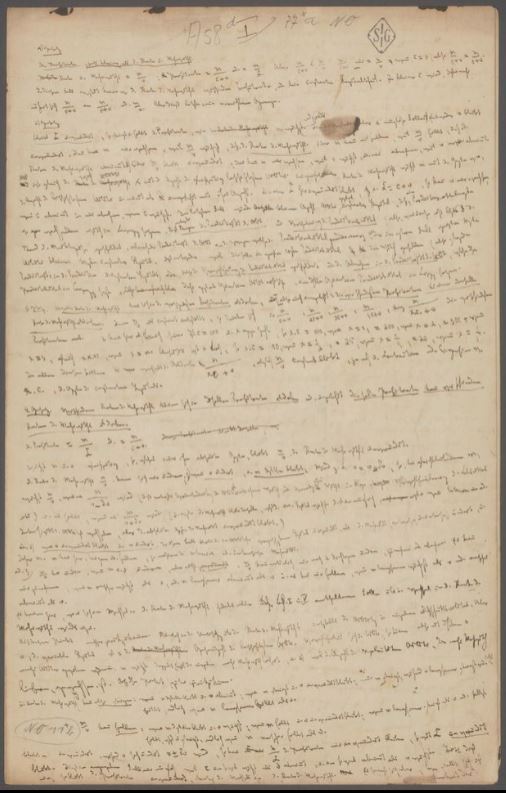War, Reconstruction, and the MEGA2 (1940s-1989)
It took until the 1960s for the whispers of another project collecting the works of Karl Marx and Friedrich Engels to begin floating around, though it faced a new set of difficulties. The events of the prior 30 years weighed heavily on the prospects of a renewed project, and while the chaos that swept through the Soviet Union and derailed the first project was now a relic of the past, the chances still looked dim.
In 1938, a few years after the last MEGA had ceased its work, the SPD, and its archive of Marx and Engels work, had to flee Germany to the Netherlands. Though they could only escape the Nazi party in the Netherlands for another year, in this time the Marx-Engels archive was sold to the International Institute of Social History (IISH), where it remains to this day.
After the war, interest arose on both sides of a now sharply divided Europe in continuing the work of Marx scholarship. However with the archive now primarily on the Western side of the Iron curtain and the resources to fund a collected works in the East, a compromise looked unlikely. Only with cooling tensions in the 1970s did the opportunity for compromise emerge.
The compromise that came about saw the (IISH) grant East German and Soviet research teams access to their archive in exchange for the work of the new MEGA2 being made available to all scholars, and done in accordance with some scholarly standards. The new MEGA was born.
This is a photo of the building where the East German Institute for Marxism-Leninism was located. Modeled off the institute of the same name in the Soviet Union, the two organizations would collaborate to create the MEGA2 from the mid-70s onward. These institutions were a vast departure from the Marx-Engels Institute of David Riazanov; in place of the independence he had secured for his Institute was direct control by the respective parties’ leaderships.
While this direct party control did impact the scholarly work on the MEGA2 project somewhat – experts disagree how much, but the general consensus is that the MEGA2 work was high quality and important – it also meant the project was well funded during its first 14 years. Most of the work was centred in Berlin, where the primary funding was found, but the network of scholars that made up the project would prove important both in practice and principle as it encountered crisis later on.
Perhaps the most important work that the MEGA2 did before it’s later reformulation was to publish the original manuscripts that would go on to make up Capital volumes two and three. These publications provide further context on the work Engels had to do in order to “make something” of the manuscripts Marx left behind, and have proven fruitful fodder for debates around Marx and Engels potentially differing views. This often heated debate centres around the fact that much of what makes up modern understandings of ‘Marxism’ is actually the work of Engels, from his work publishing the last two volumes of Capital, to his contributions to the formation of ‘Marxist’ politics after Marx’s death. While these debates often ignore or downplay the great amount of trust Marx himself placed in Engels, they have without a doubt proven central to a large amount of Marx scholarship since the MEGA2 began publishing its critical collected works.
The small section of manuscript attatched here demonstrates the incomplete and messy state of just one of the many such manuscripts that would go on to make up Capital Volume 3.
The work of the MEGA2 continued towards its final goal of a complete 144 volume set for 14 years, but this project, much like the last one, would encounter crisis too.


